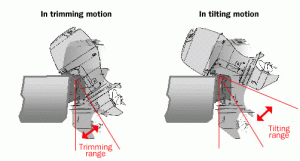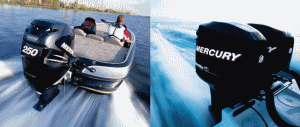Mixing Fuel for a Mercury Outboard Motor
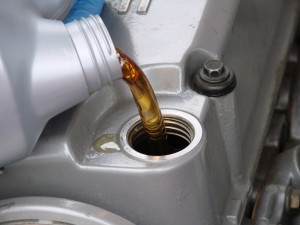 Older two-stroke Mercury outboard motors require hand mixing of oil and gas. Newer models like the OptiMax motors have an oil injection system that keeps the ratio of gas to oil correct. If you are using an older model two-stroke outboard motor, here is some advice for mixing fuel:
Older two-stroke Mercury outboard motors require hand mixing of oil and gas. Newer models like the OptiMax motors have an oil injection system that keeps the ratio of gas to oil correct. If you are using an older model two-stroke outboard motor, here is some advice for mixing fuel:
As a general rule of thumb, add three ounces of Mercury 2 stroke premium outboard motor oil for each gallon of gas. Pour the gas and oil into a singular container. Close the gas container tightly and then shake the container vigorously to ensure that the oil and gasoline mix thoroughly. Once you are confident that the solution is properly mix, add it to your boat’s fuel tank.


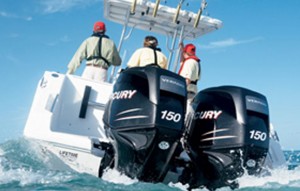
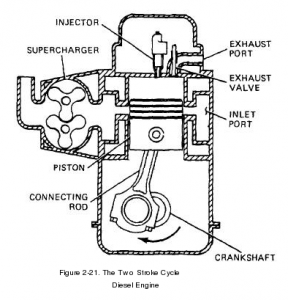
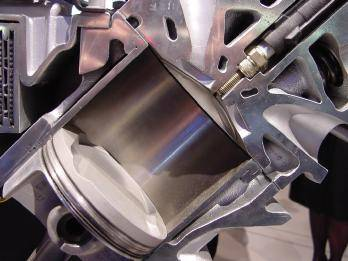
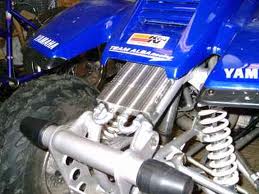

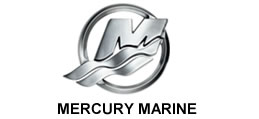
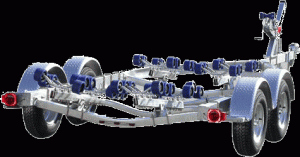
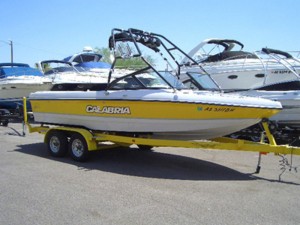 Now that winter is on the way and likely to stay in parts of America for the next several months, many boaters enter a planning stage. Since they cannot get out on the lake to go fishing or just to cruise around aimlessly, a number of thoughts begin to enter their heads. Foremost among these is the question of whether to buy a new boat. Every spring like clockwork, thousands of people show up at marinas and dealerships ready to make such a purchase.
Now that winter is on the way and likely to stay in parts of America for the next several months, many boaters enter a planning stage. Since they cannot get out on the lake to go fishing or just to cruise around aimlessly, a number of thoughts begin to enter their heads. Foremost among these is the question of whether to buy a new boat. Every spring like clockwork, thousands of people show up at marinas and dealerships ready to make such a purchase.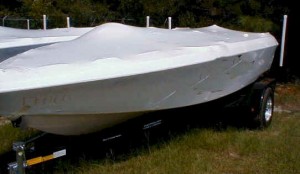 As much as we might hate to admit it, most anglers are faced with an offseason that lasts at least several months. When spring comes around, we can start our love affair with the fishing boat all over again. Until then, it’s up to us to winterize and find other ways to pass the time – such as snowmobiling. But before you hop on that sled, let’s take some time to ensure that you’ve done all you can to winterize the boat effectively.
As much as we might hate to admit it, most anglers are faced with an offseason that lasts at least several months. When spring comes around, we can start our love affair with the fishing boat all over again. Until then, it’s up to us to winterize and find other ways to pass the time – such as snowmobiling. But before you hop on that sled, let’s take some time to ensure that you’ve done all you can to winterize the boat effectively.